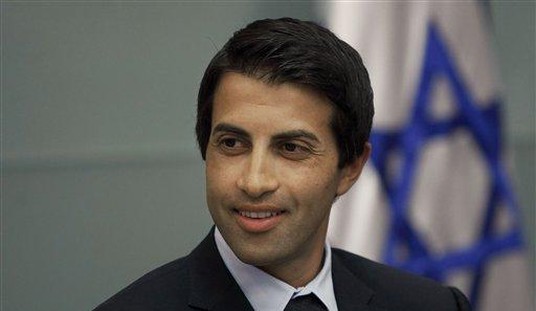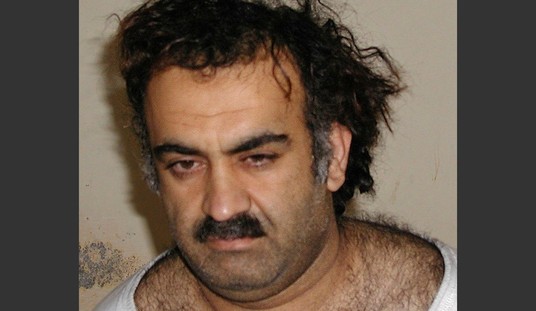I was away from my computer yesterday when I got the news that Conrad Black, former proprietor of the London Telegraph, The Spectator, and other plum media outlets, was sentenced by Judge Amy St. Eve in Chicago to another year in jail for . . . er, why was it that Conrad Black had been sent to jail? Back in 2007, federal prosecutors complied a laundry list of charges against Lord Black and spoke of seeking a sentence of “24 to 30” years for . . . again, what was it that Lord Black had done?
The federal vendetta against Lord Black has to be one of the most bizarre instances of prosecutorial abuse in the annals of American criminal justice. “I still scratch my head as to why you engaged in this conduct,” Judge St. Eve said yesterday. But what, exactly, was the felonious conduct in question?
Well might you ask. It is one of the perversions of modern justice that prosecutors assembled a long arsenal of charges, many of which are of dubious relevance. The idea is that juries, though they will see that most of the charges are absurd or unproven, will nevertheless throw the prosecutors a bone and convict on one or two charges. And of course it takes only one to assure a stint in jail.
When it came down to it, Lord Black was convicted on 3 counts of fraud and 1 count of obstruction of justice and sentenced to 6 and a half years in prison. Lord Black’s appeal went all the way to the Supreme Court and, mirabile dictu, the Court decided that the (note the irony) “honest services law” that was used to convict Lord Black of fraud was too vague and ordered a federal Court to review the decision. Thus it was that, after more than two years in a federal penitentiary, Conrad Black was freed on bail last July.
After the slap on the wrist from the Supreme Court, the lower Court could not very well uphold the fraud charges. So it stuck with terrier-like tenacity to the obstruction of justice charge. But what, exactly, was that all about?
When the case was unfolding, I wrote a column in this space comparing the federal prosecutors to the French revolutionary Louis St. Just. I also suggested that Patrick J. Fitzgerald be considered for the Louis St. Just Award for Perverting Justice. He certainly deserves it. As I noted at the time,
The obstruction of justice charge against Black provided the one Perry-Mason moment in the trial. The prosecution gleefully played a security video tape of Black and his chauffeur removing boxes from his Toronto office. How’s that for “Gotcha!”? I’ve seen the episode reported in the most lurid way. . . .
But what was described as a nighttime assault actually took place in broad daylight. Black’s secretary was packing up because Black had been evicted from the premises. Two attorneys hired to deal with a U.S. Securities and Exchange Commission investigation into Hollinger’s affairs testified that they hadn’t notified Black of the SEC’s interest in the documents he removed. When ordered to return them, he did so tout de suite and right speedily. So where, pray tell, is the obstruction?
Where indeed? A year or so ago, Encounter Books published Three Felonies a Day: How the Feds Target the Innocent by the criminal lawyer Harvey Silverglate. We’ve just published an expanded paperback edition of the book. Lord Black will appeal yesterday’s decision. I wish him luck with that. But the panoply of prosecutorial abuse that Harvey Silverglate has assembled makes me gloomy about the chances that justice will prevail. Our litigious, over-regulated society has created a prosecutorial leviathan than threatens us all.









Join the conversation as a VIP Member